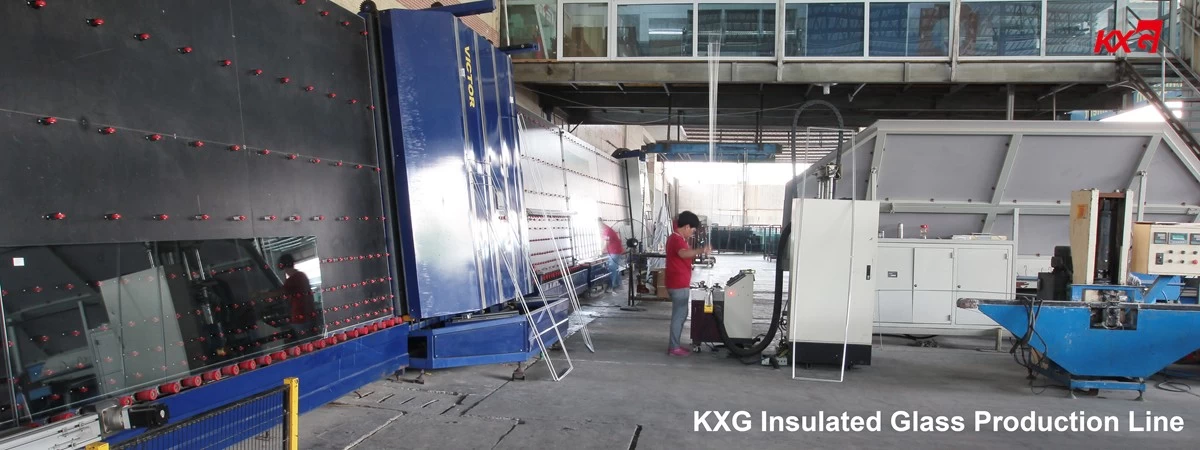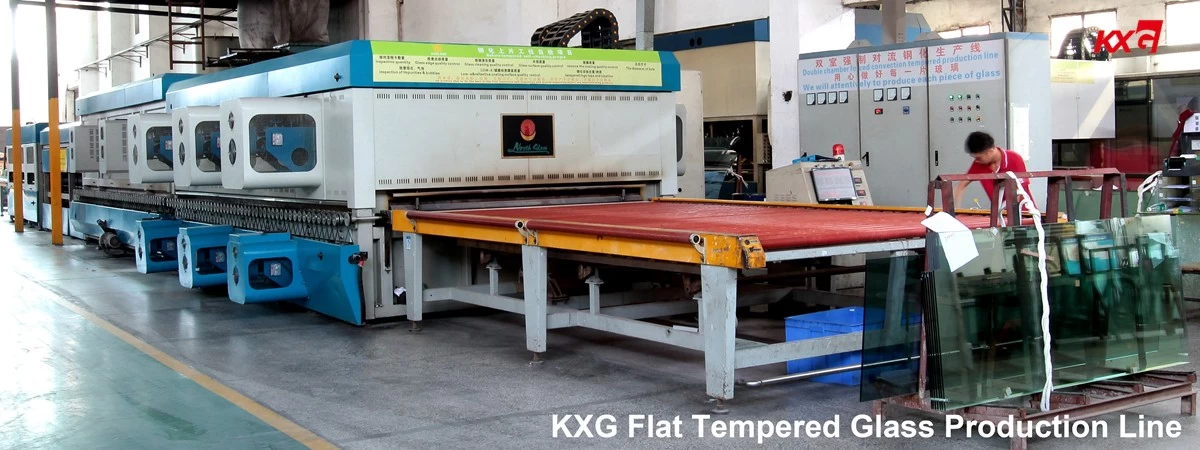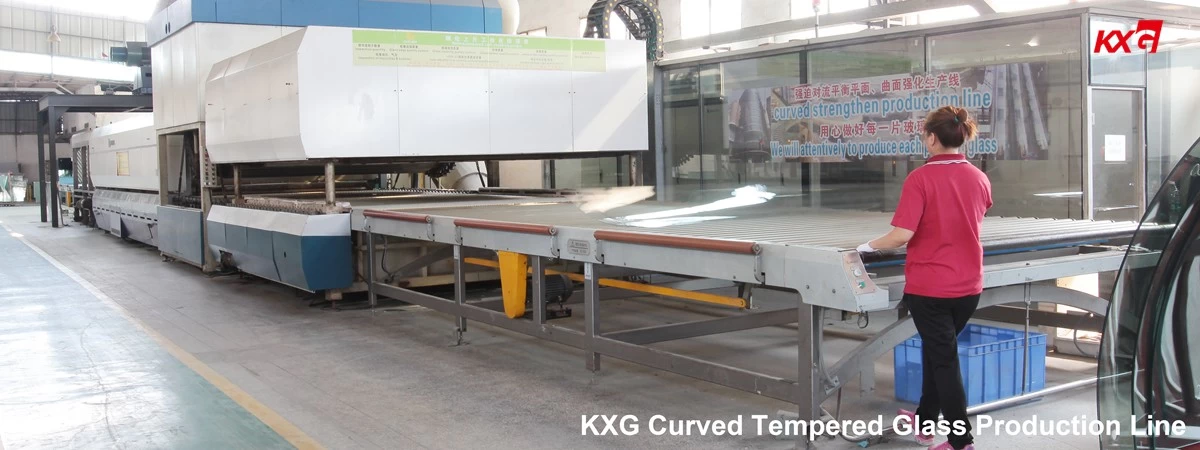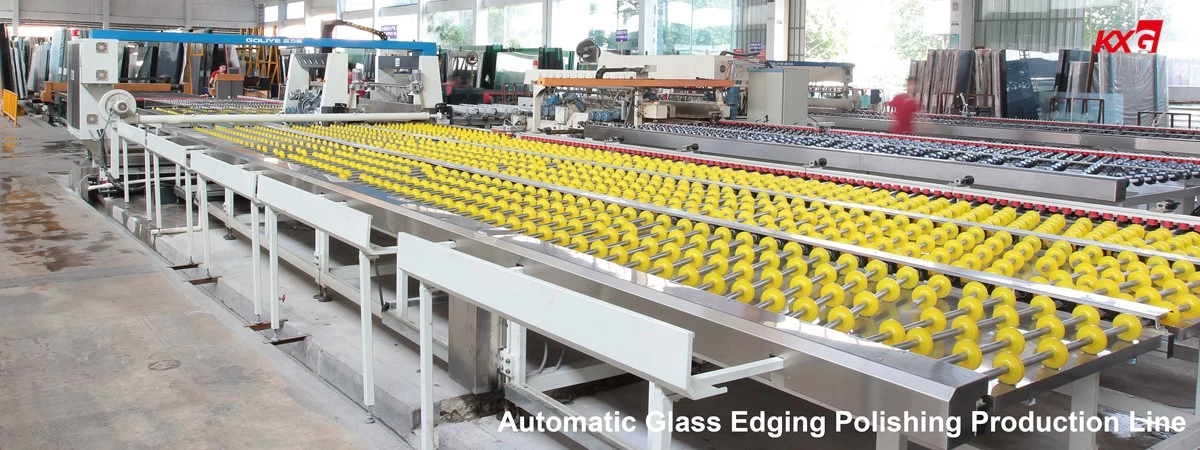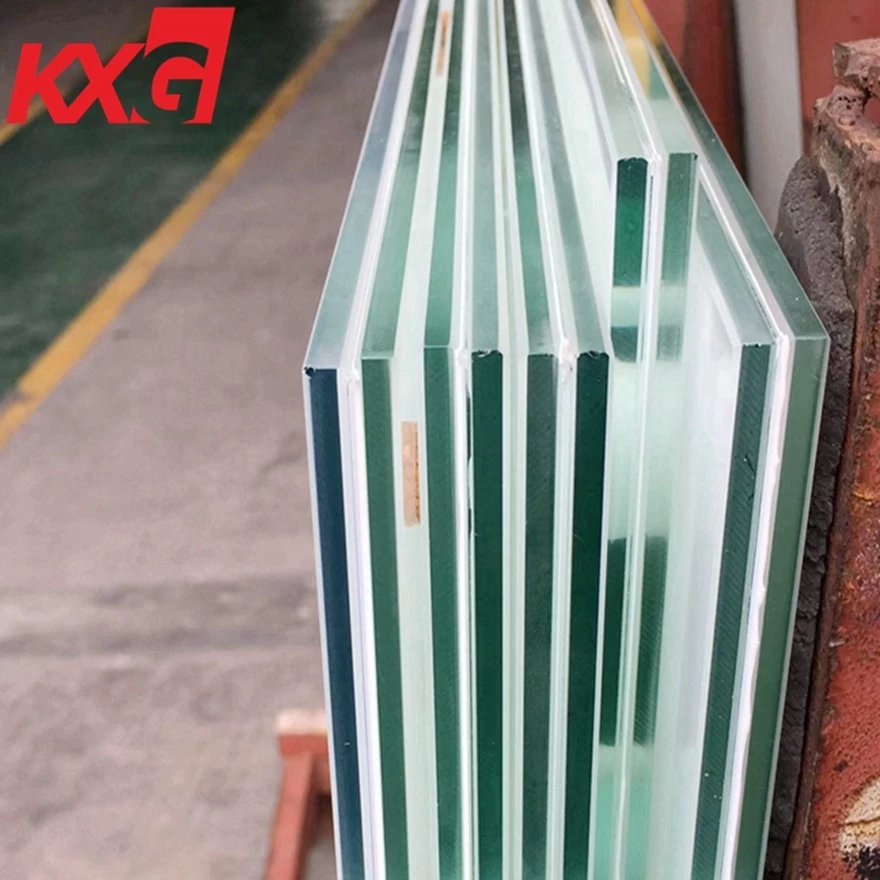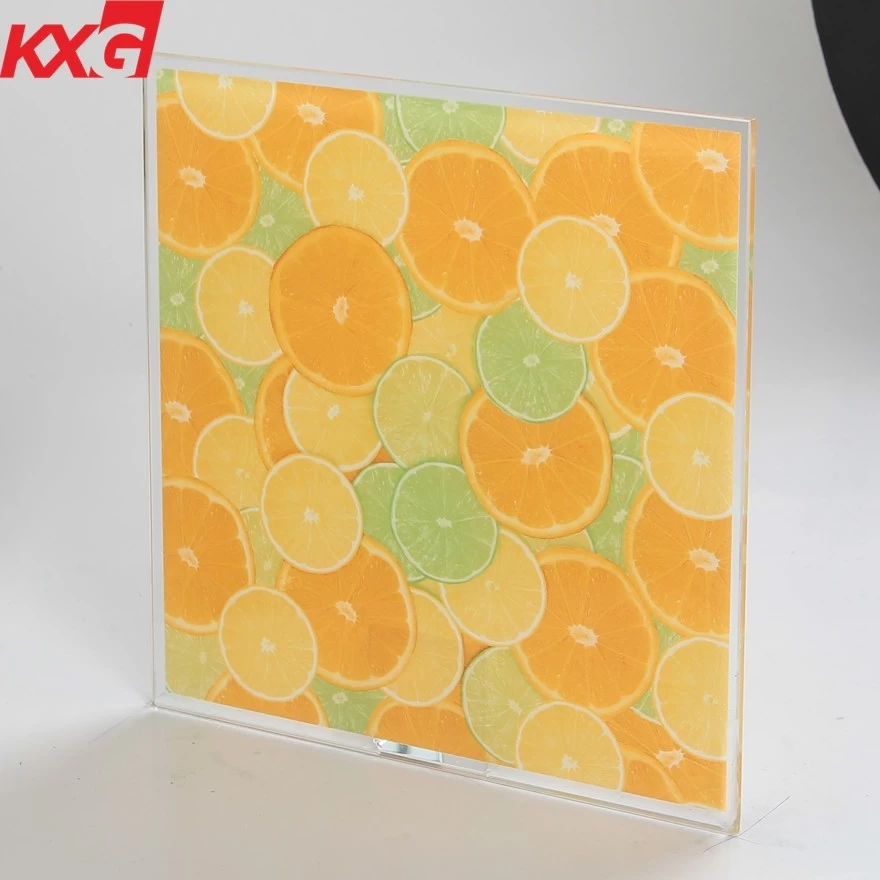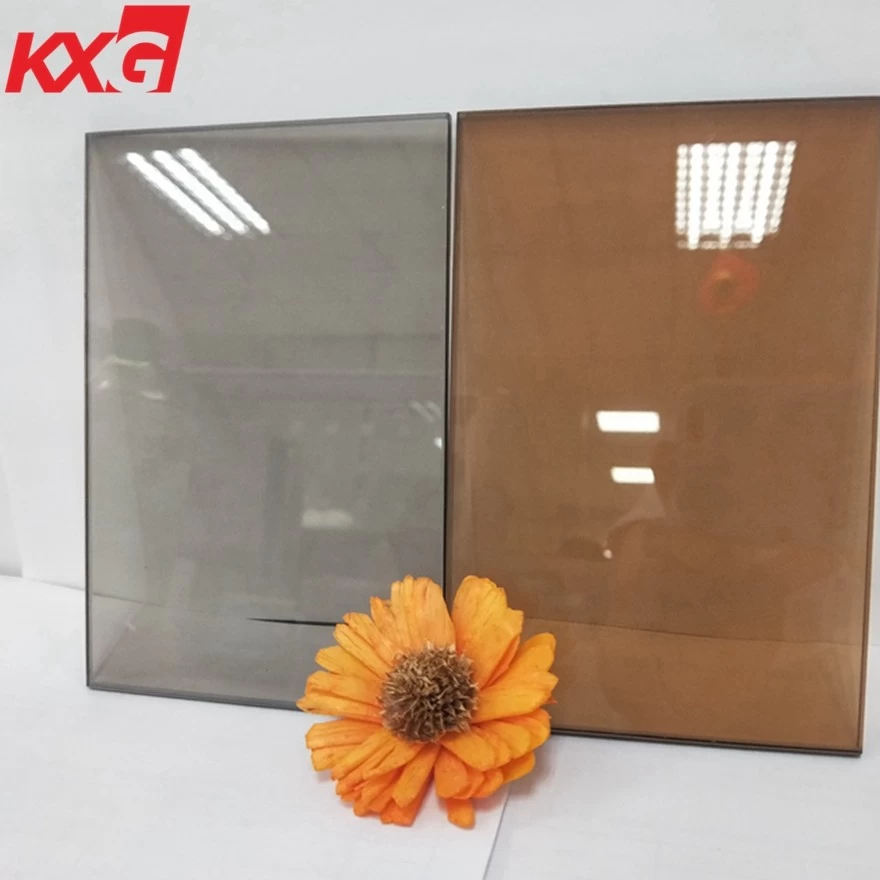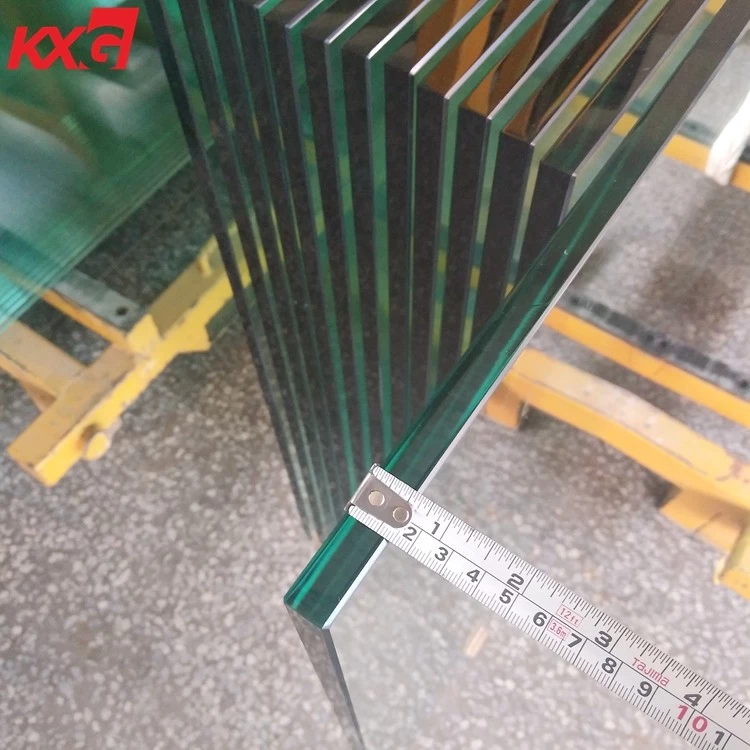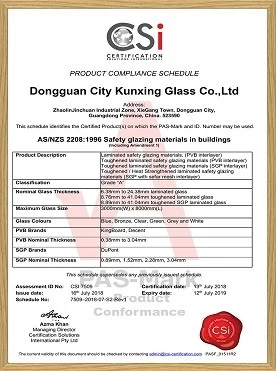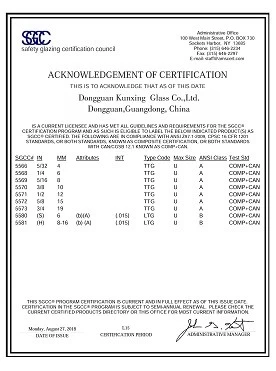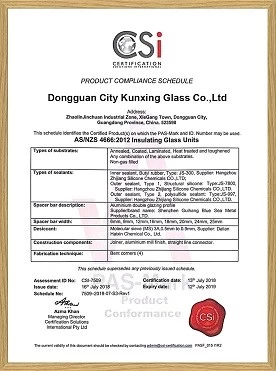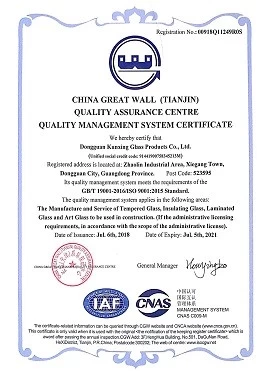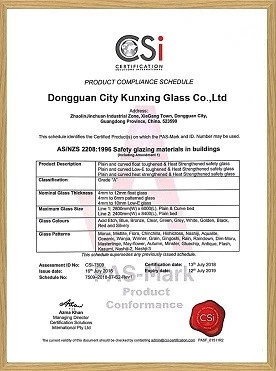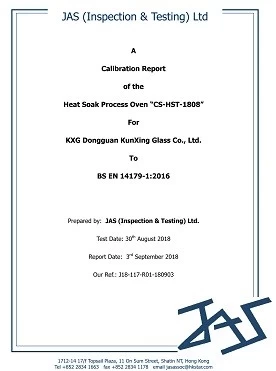Glass terminology
Fine carving: a process of forming glass,such as carving holes, chamfering, external dimensions, etc.
Sweeping edge: The processing process iscarried out because the car machine and the carving process will make the glasscontact surface rough, in order to make the glass edge bright.
The meaning of the hole is the same as thatof the sweep, except that the process is a process for the hole or grooveinstead of the glass edge.
Etching acid: When there are poor screenprinting or poor finished products in the production process, the screenprinting ink is washed away with sodium hydroxide and potassium ferricyanidesolvent.
Rough grinding: The thickness of the glassmaterial is thicker than the thickness of the shipment, in order to initiallyreach the thickness of the shipment.
Fine grinding: the meaning is similar torough grinding, but this process determines the thickness of the glass, so thisprocess is especially important.
Chemical strengthening: In order to achievethe strength of the glass, sodium-potassium ion exchange is carried out at ahigh temperature to enhance the stress value of the glass.
Back grinding: The full name is calledcleaning and refining. It is mainly used to clean the residual material such aspotassium nitrate remaining on the glass after chemical strengthening,especially to control the bad items such as scratches and chipping.
White film: Unscreened glass can be calledwhite film, but in general it refers to the glass before the silk screen isstrengthened after the regrind.
Screen: The printing screen used in silkscreen, which has a great influence on the printed effect. Silk screen: simplyunderstand ink printing.
Self-explosion: refers to the natural burstor explosion of glass without any external force. The influencing factorsinclude stone surface impurities, glass itself, glass thickness, CS value, DOLvalue, ambient temperature, glass material, etc. At present, it is a questionthat scientists are puzzled, then we are even more confused. In short, there issuch a possibility in any glass, but the probability is very small.
Stress: The internal force per unit area.
CS: Surface stress of glass in megapascals,or Mpa. The larger the CS value, the better.
DOL: The depth of ion exchange afterchemical strengthening of glass is also understood as the depth of stressthickening in micrometers, ie um.
CT: The central stress of the glass, CT =CS × D OL / (1000T-2DOL), in general, the higher the CT value, the greater thechance of self-explosion.
Window area: The area that the ink is notcovered, which is well understood from the silk screen area. Silk screen area:The area where the ink is printed on the glass is collectively referred to asthe screen printing area.
IR hole: There is no hole in itself, whichis an area printed on the screen printing that is different from other inkareas.
R angle: In the corner of the window area,the area extending by 3 mm on each side centering on the corner arc point is collectivelyreferred to as the R angle area. The appearance standards of this area areparticularly strict and usually do not allow any appearance defects.
The professional terms for visualinspection are:
Dirty: refers to solid debris that adheresto the surface of the glass by a clean cloth or a blade.
Foreign matter: Dust particles or shavingsadhering to the surface of the glass cannot be wiped off. Dot flower: Spottedscratch, usually with dot defects to determine OK or not.
Hole not bright: refers to the square holeof the glass to meet customer requirements, no specified standard, usuallybased on the customer's signature.
Clashing: The gap in the non-cornerposition of the glass is well understood in terms of relative lack of corners.Flange: A portion of the glass that is outside the standard specifications andcan be referred to as a flange.
Indentation: Blocky marks that are recessedinto the surface of the glass, and reflective inspection is better. Generally,due to deep scratches and impurities on the surface of the glass beforechemical strengthening, indentations are formed after strengthening.
Bumps: Spotted or embossed spots on the surfaceof the glass, also required to be tested under reflective conditions.
Silver Point: The white point on thesurface of the glass. When viewed from different angles of light, the observedsize will change. The white point is not changed.
Pinhole: Small dots in the glass ink arealeak light.
Internal contamination: The presence of theglass ink zone between the glass surface and the ink.
Wool: The linear or spotted dust of theglass printing surface in the ink area is not visible on the front side and canbe accepted by smooth touch.
Bud deficiency: The ink gap near the windowarea is called bud deficiency, and the ink is called long bud.
IR transmissive surface: On the front sideof the glass, there is a circle around the IR hole around the IR. Thisphenomenon is called IR transmissive surface.

